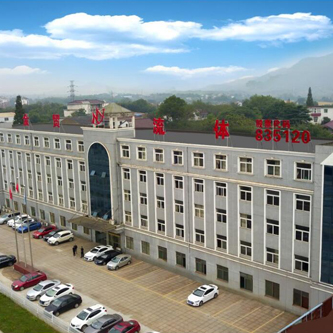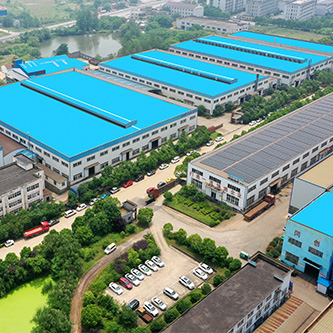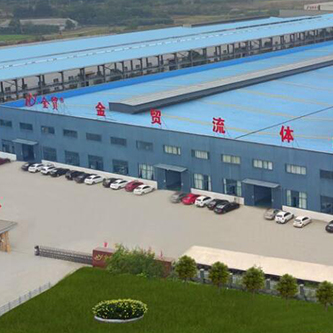


Find the products you need
Provide global users with high-quality and perfect fluid transportation solutions
Company introduction
Industry serves the country contributes to the society

Company headquarters

Casting base

Manufacturing base
150000
It covers an area of 150000 square meters
+800
There are more than 800 employees
+100
More than 100 EU standard products have been authorized with utility model patents
20
20 invention patents have been authorized